
Is your organization undergoing a significant transformation? You need a comprehensive change management strategy to see your company through this period of change.
Change management is a systematic approach to effecting positive change during organizational transformation. The purpose of change management is to strategically guide the development of business goals, processes, and technologies.
After the COVID-19 pandemic, corporations worldwide focused their efforts on change management. McKinsey reports that ‘companies’ top skill priorities are translator capabilities, people leadership, and change management.’ Leading businesses recognize the importance of solid leadership during challenging times.
Here are 21 change management best practices to enhance your next change project.
1. Identify Impacted Areas
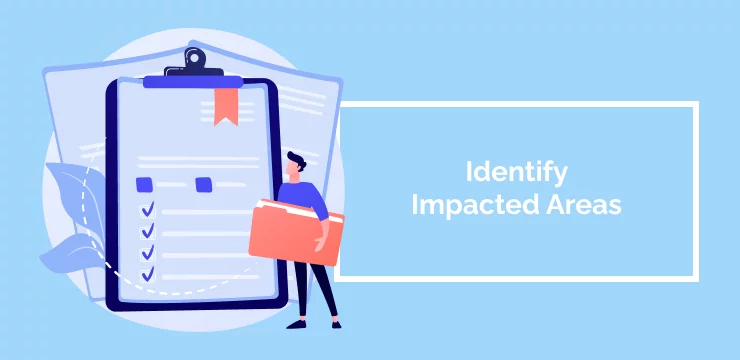
The first step to any comprehensive strategy is knowing which business areas to address. Jumping head first into the change management process without a targeted strategy is like shooting in the dark.
Identify the impacted areas during your organization’s change. For example, are you undergoing digital transformation? Then it makes sense to prioritize business processes that rely on digital assets.
It’s crucial to pay attention to less obvious impacted areas too. Ask yourself how the transformation affects employees, management, executives, and customers.
2. Select a Change Framework, or Create Your Own
A change framework is the best way to navigate organizational change management. It provides a systematic approach to the process.
For decades, business leaders have utilized change management models such as Lewin’s or the ADKAR model to achieve lasting success.
A change management model guides the change process by laying out a series of well-defined steps. Depending on the goals of your business, some will be more appropriate than others.
3. Design a Roadmap for Change
Use your change management model and the other tips listed below to design a roadmap for change. Each stage of your roadmap should include goals, metrics, and detailed information about change management processes.
You can look to your roadmap for guidance during disruption and decide on the right course of action. Your roadmap is also a great way to motivate change management teams. If they know the project’s direction, they can help push it forward.
4. Identify Overall Aims and Set Goals
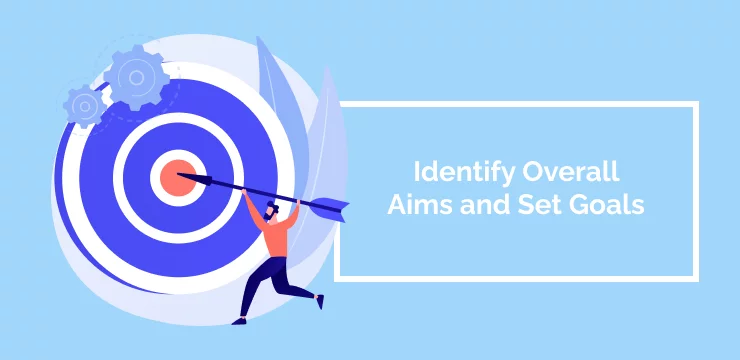
Your change plan needs clear, measurable goals. Consider adding qualitative aims on the back of those quantifiable indicators. This can include measuring employee or customer satisfaction throughout the transformation.
Keep in mind the aim of your change project. Do you want to transform your established business model or take your company in a new direction?
A key part of organizational change is engaging employees in the transformation process. Be transparent about your goals. Let your workforce know how they can contribute to the aims of the business.
5. Identify Risks and Create a Risk Management Plan
Risk mitigation should be a priority. Disruptions are an inevitable part of large-scale transformation. Knowing the risks beforehand helps to mitigate disruptions.
For example, a digital transformation risk is a poor investment return. The last thing anybody wants is to invest in digital solutions, only to fail to implement them successfully. Understanding what might go wrong will make you better equipped to react to challenges.
6. Assess Change Readiness
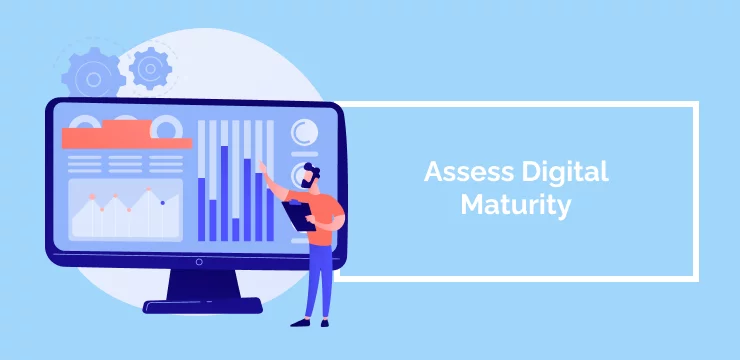
Is your company ready to change?
Change readiness refers to a few things, including awareness, agility, ability, and willingness to change. To break this down further:
- How will your business react to change?
- How technically capable are your employees?
- Are your existing technology systems adaptable?
Answering these questions will help you define the project scope. Your company can’t take that first step forward if you aren’t sure how far you need to go. Once you establish the scope of change required, you can tailor your strategy to the specific needs of your business.
7. Assess Digital Maturity
Today, digital maturity matters more than ever, directly impacting technology-related change efforts. Digital maturity measures a company’s ability to leverage technology for growth.
What are the signs of a digitally mature company?
- A digital-friendly workplace. Using technology to automate and improve business processes.
- Intuitive software and extensive training for employees to use digital tools
- Knowing the value of data and utilizing data analytics to make the best executive decisions.
Making the most of digital technology is crucial to thriving in the digital age. Companies across the globe are embracing digital transformation to become digitally mature.
8. Know Your Enterprise Change Management Level
Enterprise change management is your organization’s formal, structured capability for change.
More mature organizations have more effective change processes. Project leaders roll out change programs more efficiently because they have the infrastructure in place to succeed. Companies with a higher capability will also achieve a better return on investment (ROI) during their transformation.
Assess your enterprise change management level to improve your project’s successelps you set realistic goals, use the correct resources, and deploy the best talent to manage your strategy.
9. Make a Case for – and Obtain – Executive Buy-in
Executive buy-in is crucial for success. Your job is to convince key decision-makers that a change program will grow the company.
Executives want to know the scale of the change project and how you plan to achieve positive ROIs. They need evidence of a detailed plan of the implementation process and how you’ll measure success and engage employees.
Sell leadership on the benefits as early as you can. Once you’ve obtained executive buy-in, you can prepare your change management strategy around the needs of stakeholders.
10. Develop an Onboarding Process
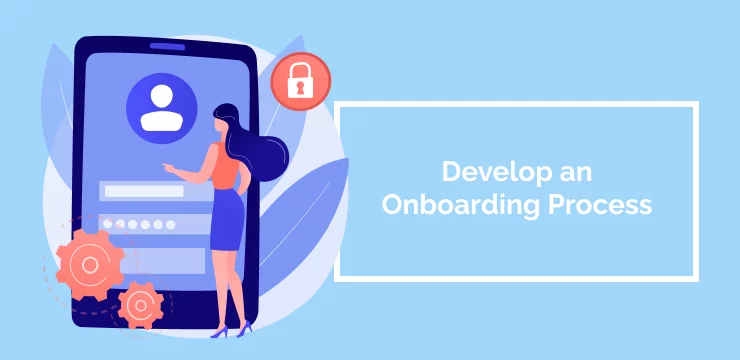
Improving the onboarding process leads to better results in your program: onboarding impacts employee support, resistance, and productivity.
Let’s say you introduce new software into the workforce. You need a comprehensive process to train current staff and onboard new employees. A personalized approach is always the way to go. Tailor the onboarding process to the needs of employees. Employees react differently to learning challenges,, and training should reflect that variation.
11. Create a Communication Strategy with Specific Goals
Communication is the most important skill in change management. It’s the difference between a united effort and a disorganized approach.
Create a project team who will encourage awareness, collaboration, and cooperation. Employees are the moving force behind successful change management. So be sure to communicate the goals of your transformation. Employees need to understand how they will benefit from the change.
12. Set Up a Feedback Collection Process
Employees’ voices are essential to transformation, but how do you efficiently collect feedback? Establishing a feedback collection mechanism is critical. There are many useful tools out there to measure user satisfaction.
For example, a digital adoption platform (DAP). A digital adoption platform integrates feedback seamlessly throughout the training process. Consistent feedback means you can adjust the process, reduce disruptions and boost engagement.
Use that feedback to inform decisions, fuel your communications program, and make necessary adjustments. It’s also essential to promote a work culture that values feedback. Let your workers know that their suggestions lead to direct changes within the business.
13. Choose and Implement Digital Adoption Solutions
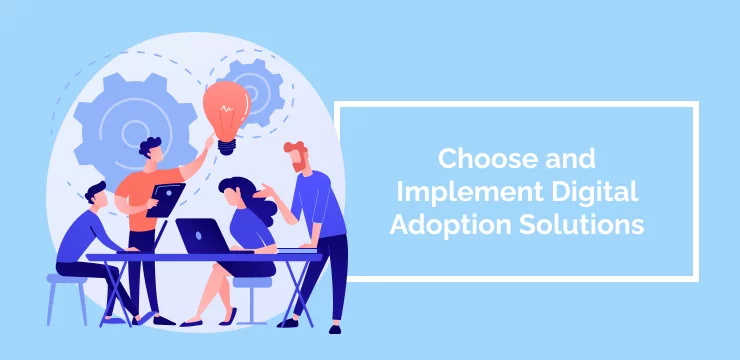
A digital adoption solution is one of the best tools to manage and improve your change management strategy. Digital adoption solutions and platforms help your organization get the most out of digital tools.
There are a few things to keep in mind when choosing the best digital adoption solution:
- Is it right for your business? – Will it address the problems within your company?
- Is it user-friendly? – Will it improve the learning curve and improve productivity?
- Is it cost-effective? – Is the solution within your budget? Will it lead to a positive ROI?
Implement digital adoption solutions during onboarding, especially when adopting new technology or workflows.
14. Create KPIs, Metrics, and a Data Collection System
Change management KPIs and metrics will tell you if you’re on the right track. Without them, you won’t understand how your program is progressing or what needs fixing.
Create a system to measure the progress of your transformation. Collect data on employee productivity, customer engagement, and business operation efficiency. These metrics define the success of your strategy and allow you to make necessary changes.
15. Apply Agile and Lean Business Processes
Staying agile and lean means using user input to fuel decision-making. As we established, user feedback is critical to moving forward. Without these insights, you won’t be able to tackle potential problems because you won’t know where to look.
Agility is a core trait for any business that wants to improve its ability to react to challenges. A flexible approach means your company can adapt at a moment’s notice, reducing the impact of inevitable disruptions.
16. Ensure Alignment Across all Dimensions of the Change Plan

Does your change program align with your corporate culture, strategy, and mission? Large-scale transformation impacts all of these areas, so it’s crucial to include them in your plan. Effective change management involves a holistic approach.
Organizations fail in their change initiatives because they focus on a top-down approach. They neglect those most affected by the change, the workforce. Gartner reports that this approach to change slows down large-scale transformation. ‘In our survey of 6500 employees… we found that the best organizations rely on their workforce, not executives, to lead change.they will see the rewards
Make sure the change project, the vision of change, the organizational structure, and all stakeholders are in sync. Without aligning these areas, you risk stalling new processes that rely on other departments of the business.
17. Create a Strategy for Reinforcement
Successful business leaders know that any transformation is ongoing. Positive change relies on consistency. If employees fail to see the benefits of continuously improving through new technology or processes, they will revert to old habits.
Reinforcing change is all about communication. Listen to the needs of users and make the right adjustments. Show your workers the perks of transformation. Reassure them that they will see the rewards if they continue to move forward.
18. Celebrate Wins Often

From the beginning of your change project, celebrate wins whenever you can. Acknowledging small victories will boost morale, motivate employees and support the continuation of the project.
A common reason transformation projects fail is a lack of employee engagement. If employees become fatigued, they stop using new systems, completely stalling progress across the business.
To keep motivation high, celebrate the small wins too. If employees are learning new software, congratulate them on trying something unfamiliar. Recognize hard work and celebrate each milestone to keep the workforce moving forward.
19. Train Before and After Roll-Out

Companies make the mistake of training extensively before a large roll-out but neglect to continue this training afterward. The learning process doesn’t end. Businesses must adapt to evolving demands of customers and stakeholders.
Your company’s training efforts should also keep up with the progression of digital technologies as much as possible. This means training needs to be ongoing.
The most successful change projects train before, during, and after a project. Continuous training helps reinforce change, maximize competency, and boost employee productivity.
20. Be Open to New Ideas, Wherever They Come From
You never know where the next great innovation will originate. The ideas you gather from employees help you make big improvements to your change program.
Users are the best people to look to when assessing your transformation. Employees are the ones using new technologies and processes daily. They understand what works for them and what doesn’t.
Consider their ideas for change instead of forcing them to adapt. Pushing a system employees don’t engage with will only lead to frustration. And remember to keep an open channel throughout all levels of the business so that everyone can stay on the same page.
21. Improve Continuously
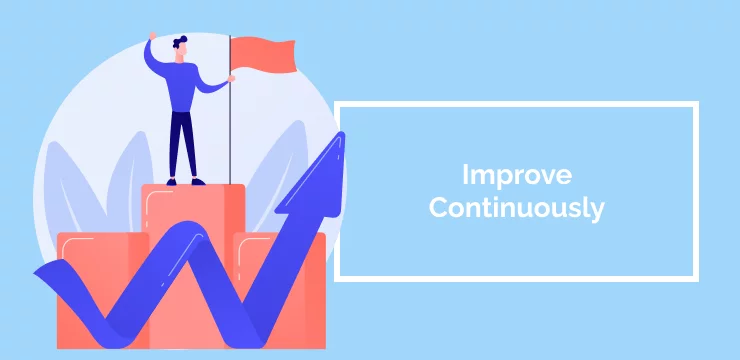
We’ll say it a million more times; change is never-ending. The digital landscape is evolving rapidly and shows no sign of stopping. Leading businesses know how to keep up.
Adapting isn’t just about reacting to changing demands. It’s about creating a culture of change. Companies that thrive during the digital revolution make sure they’re ready for change. They instilled enthusiasm for progress in their workforce, using all the tips we’ve listed above.
Never stop growing, never stop improving. This principle holds in life and business – following it will create a track record of success that only improves over time.
The Essence of Change Management
The essence of change management is collaboration. Don’t go through the challenge of a large-scale change initiative alone. Embrace the support of employees, executives, and even customers if you can. And remember, there’s always more to learn.
These 21 change management best practices are based on well-established knowledge, frameworks, and literature. Return to this guide throughout your change project planning whenever you feel stuck.
For more change management best practices, read this blog’s other change management articles.
WalkMe Team
WalkMe spearheaded the Digital Adoption Platform (DAP) for associations to use the maximum capacity of their advanced resources. Utilizing man-made consciousness, AI, and context-oriented direction, WalkMe adds a powerful UI layer to raise the computerized proficiency, everything being equal.



